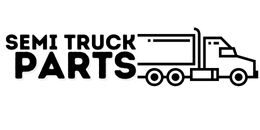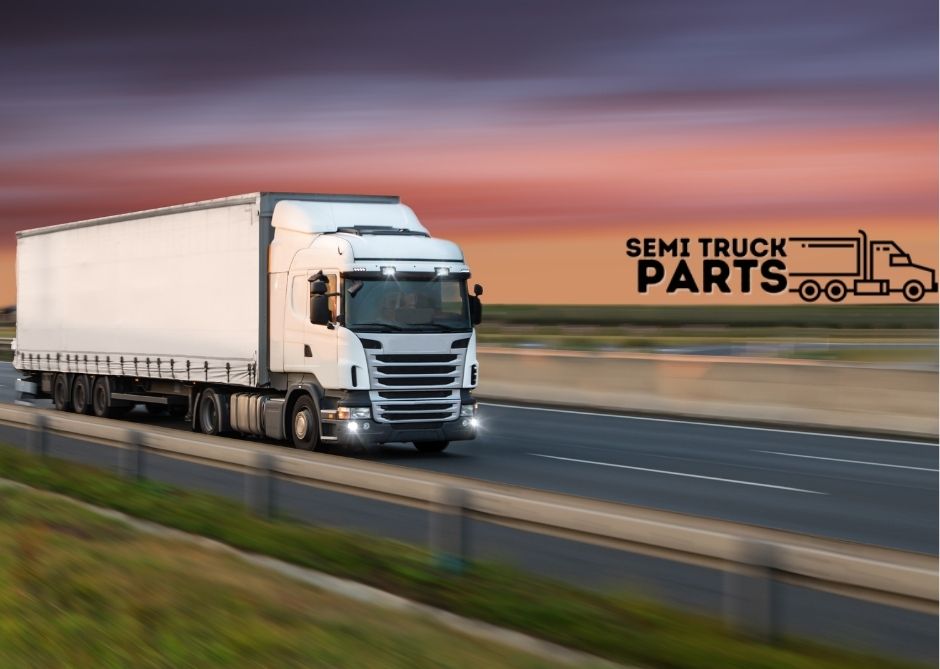Need help with your truck wheel bearings? Check out this comprehensive guide for all the information you need to keep your wheels rolling smoothly.Welcome to our comprehensive guide on truck wheel bearings. As an integral component of a truck’s wheel assembly, wheel bearings play a crucial role in ensuring smooth and safe operation on the road. In this guide, we will explore everything you need to know about truck wheel bearings, from their purpose and function to the signs of wear and how to properly maintain them. Whether you are a truck owner, mechanic, or simply interested in learning more about vehicles, this guide will provide you with valuable insights and practical tips to keep your truck’s wheel bearings in optimal condition. So let’s dive in and discover the world of truck wheel bearings together!
The Ultimate Guide to Truck Wheel Bearings: Everything You Need to Know
Truck wheel bearings are an essential component of a truck’s suspension system. They enable smooth rotation of the wheels and help support the weight of the vehicle. Understanding how truck wheel bearings work and how to maintain them is crucial for truck owners and drivers. Here is a comprehensive guide that covers everything you need to know about truck wheel bearings:
- Types of truck wheel bearings: There are two main types of truck wheel bearings – tapered roller bearings and ball bearings. Tapered roller bearings are commonly used in heavy-duty trucks due to their durability and load-carrying capacity.
- Importance of regular maintenance: Regular inspection and maintenance of truck wheel bearings can help prevent premature wear and failure. It involves checking for any signs of damage or wear, lubricating the bearings, and adjusting them if necessary.
- Steps to replace truck wheel bearings: If your truck’s wheel bearings are damaged beyond repair, it is important to replace them promptly. The replacement process involves removing the wheel, disassembling the hub assembly, removing the old bearing, installing the new bearing, and reassembling the hub assembly.
- Tips for prolonging the lifespan of truck wheel bearings: Proper installation, regular maintenance, avoiding overloading the truck, and driving on smooth roads can help prolong the lifespan of truck wheel bearings.
A Comprehensive Overview of Truck Wheel Bearings for Beginners
If you are new to the world of trucks and are curious about the significance of wheel bearings, you’ve come to the right place. This comprehensive overview will provide you with all the essential information you need to know about truck wheel bearings:
- Functions of truck wheel bearings: Truck wheel bearings enable smooth wheel rotation, help distribute the weight of the truck evenly, and withstand heavy loads and vibrations.
- Types of truck wheel bearings: There are primarily two types of truck wheel bearings – tapered roller bearings and ball bearings. Tapered roller bearings are commonly used due to their ability to handle higher loads.
- Importance of regular maintenance: Regular inspection and maintenance of truck wheel bearings are crucial for ensuring their optimal performance and lifespan. This includes cleaning, lubricating, and replacing any damaged bearings.
- Steps to replace truck wheel bearings: If your truck’s wheel bearings are damaged, it is essential to replace them promptly. The replacement process involves removing the wheel, disassembling the hub assembly, removing the old bearing, installing the new bearing, and reassembling the hub assembly.
The Importance of Having Proper Truck Wheel Bearings: A Complete Guide
- Improved Fuel Efficiency: When the truck wheel bearings are in good condition, they enable the wheels to spin freely with minimal resistance. This reduces the amount of energy required to keep the wheels moving, ultimately improving fuel efficiency.
- Enhanced Handling and Control: Properly functioning truck wheel bearings ensure accurate wheel alignment and stability. They contribute to better steering response, allowing the driver to have more control over the vehicle’s movements, especially during turns and maneuvers.
- Safe Braking: Adequate truck wheel bearings are crucial for efficient braking. They allow the wheels to maintain a consistent rotation speed, enabling the brake system to function optimally. Improper wheel bearings can hinder braking performance, compromising safety on the roads.
In summary, maintaining proper truck wheel bearings is essential for various reasons, including reduced friction, improved fuel efficiency, enhanced handling and control, prevention of wheel vibrations, and safe braking. Regular inspection and timely replacement of worn-out bearings are vital to ensure the longevity and optimal performance of your truck’s wheels.
Common Problems with Truck Wheel Bearings and How to Solve Them
| Problem | Solution |
|---|---|
| Noise or Grinding Sound | If you hear unusual noises coming from your wheels, it may indicate a faulty bearing. Inspect the bearings for any signs of damage or wear. If necessary, replace the bearings with new ones. |
| Uneven Tire Wear | Uneven tire wear can be a sign of misaligned or damaged wheel bearings. Get your wheels and bearings inspected by a professional and realign or replace them as necessary. |
| Overheating | |
| Wheel Seizure |
It’s crucial to address these problems promptly to avoid potential accidents and costly repairs. Regular maintenance, including inspection and lubrication of truck wheel bearings, can help prevent many of these issues. If you encounter any of these problems or suspect bearing damage, it is recommended to consult a professional mechanic for a thorough inspection and necessary repairs.
- 1. Consider the load capacity: Different trucks have varying load capacities, and it is essential to select wheel bearings that can handle the weight. Look for bearings with a higher load capacity to ensure they can withstand the demands of your specific truck.
Step-by-Step Guide: How to Install and Maintain Truck Wheel Bearings
- 1. Start by lifting the truck and securely placing it on jack stands, ensuring all wheels are off the ground.
- 2. Remove the wheel and tire assembly from the hub by loosening the lug nuts using a lug wrench.
- 3. Take out the brake caliper and brake rotor to access the wheel bearing.
- 5. Clean the hub and bearing area thoroughly using a suitable cleaner to remove any dirt, grime, or old grease.
- 6. Apply a suitable wheel bearing grease to the bearing and evenly distribute it by rotating the hub. Ensure that the grease fills all the gaps and surfaces.
- 7. Install the new or cleaned wheel bearing into the hub, making sure it fits snugly and securely.
- 8. Reinstall the brake rotor and caliper, tightening all bolts to the manufacturer’s specified torque.
- 9. Put the wheel and tire assembly back onto the hub and tighten the lug nuts in a star or cross pattern to ensure even tightening.
- 10. Lower the truck from the jack stands and torque the lug nuts to the recommended specifications.


